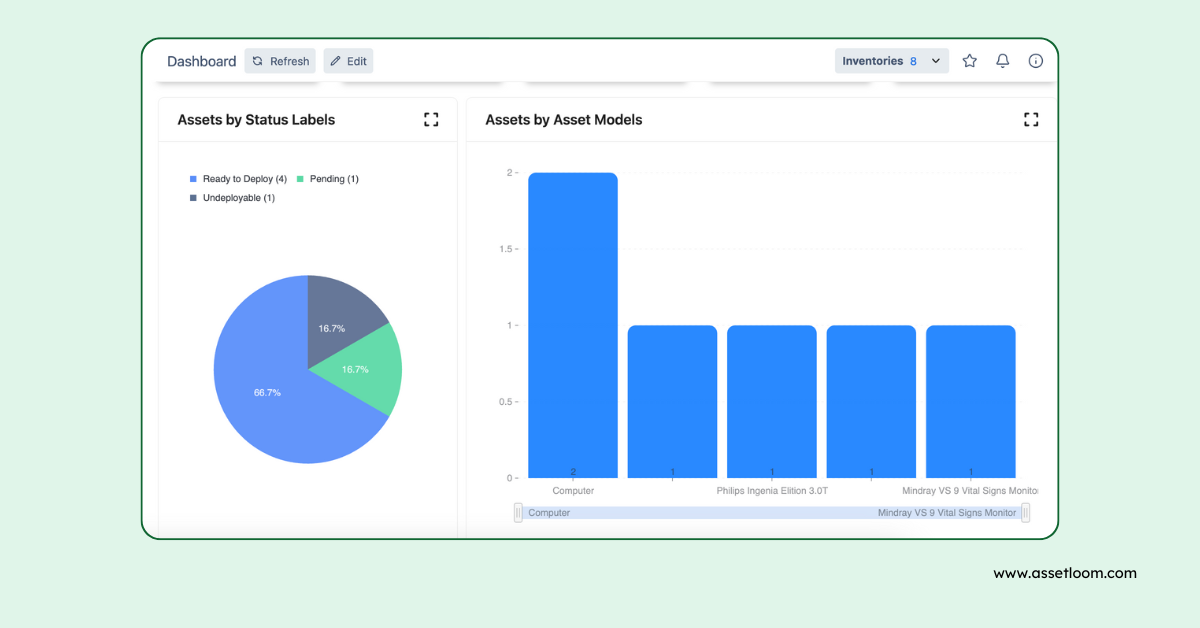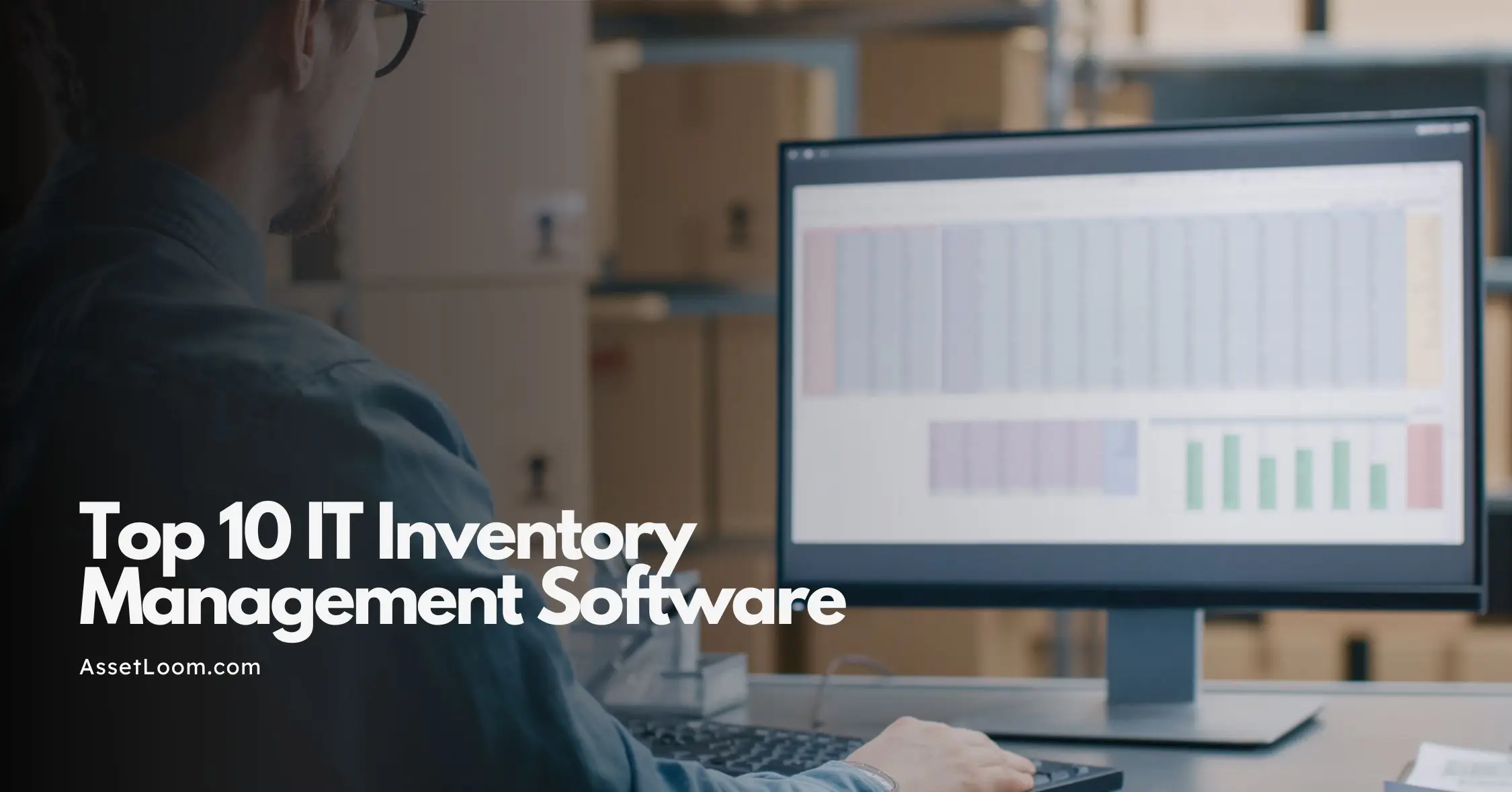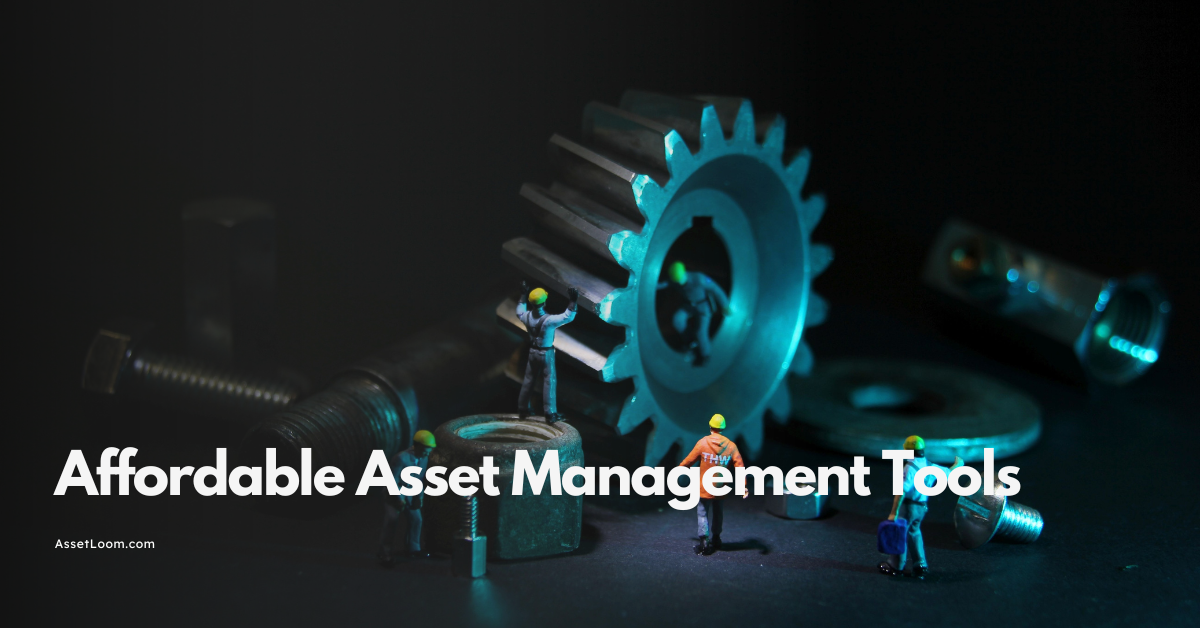How to Validate Your Asset Inventory Without Manual Recounts
How to validate your asset inventory without manual recounts using asset tracking software. Discover best practices, real-time tracking, and automated solutions to streamline your asset management process.
Managing asset inventory shouldn’t drain your time and resources. If your team still relies on manual recounts, you’re spending more time on inventory checks than on critical tasks that drive your business forward. Not only is this process time-consuming, but it also invites human error, leading to inaccurate data and inefficiencies.
However, automation can solve this problem. With the right asset tracking software, you can streamline validation, save time, improve accuracy, and reduce errors. Additionally, technologies like RFID, barcode systems, and IoT solutions can further enhance your asset management process, making it even more efficient.
In this post, we’ll explain how asset tracking software simplifies validation and ensures your asset data is always up to date. Let’s explore how you can make asset validation smooth and accurate without relying on manual recounts.
Why Manual Recounts Are Inefficient
Manual recounts in asset management refer to teams physically verifying and counting assets to match inventory records with actual items. This often involves using spreadsheets or paper records and entering data manually. Typically done periodically, such as quarterly or annually, this process aims to verify asset accuracy, confirm locations, and ensure nothing is misplaced.
While manual recounts were once standard, they present significant challenges that make them inefficient in modern asset management.
- Time-Consuming: Manual counts can take hours or even days, especially for organizations with large inventories. This diverts your team from more valuable tasks, reducing overall productivity.
- Prone to Human Error: Miscounts, overlooked assets, and incorrect data entries can lead to inaccurate records. These errors may result in misplaced assets, unnecessary rework, and costly mistakes.
- Lack of Real-Time Data: Manual processes fail to provide real-time insights. Relying on outdated information can leave you unaware when assets go missing or require maintenance, potentially causing delays and increased costs.
In short, manual recounts are outdated and inefficient, especially for growing asset bases. The time, effort, and risk of errors involved make them unsuitable for modern asset management, where speed, accuracy, and real-time visibility are essential.
The Power of Asset Tracking Software
Asset tracking software is the most effective solution to modernize asset management and eliminate the inefficiencies of manual recounts. If you're still using spreadsheets or paper records, you may be dealing with challenges such as time-consuming manual counts, inaccuracies, and the risk of losing valuable assets. Integrating asset tracking software into your workflow will automate the validation process and streamline your entire asset management strategy.
What is Asset Tracking Software?
At its core, asset tracking software is designed to track and manage your organization's assets throughout their lifecycle. From the moment an asset is acquired to its retirement, asset tracking software provides a centralized platform for storing, updating, and accessing asset information. This could include anything from hardware and software to machinery and office equipment. The beauty of this solution is that it enables you to have real-time, accurate visibility into the status, location, and condition of every asset; without relying on manual recounts or spreadsheets.
The software allows you to:
- Track Asset Movement: See when and where assets are used, moved, or stored.
- Monitor Asset Health: Get notifications about maintenance schedules, warranty expirations, and condition reports.
- Streamline Reporting: Generate accurate, automated reports on asset utilization, lifecycle, and financial depreciation.
Key Features of Asset Tracking Software
- Real-Time Updates: Asset tracking software provides continuous updates on asset status. Whenever an asset is moved, used, or serviced, the system automatically reflects these changes, giving you accurate, up to date information at all times.
- Centralized Database: All asset information is stored in one centralized platform, making it easier to manage, access, and track your assets across multiple locations, without relying on separate records or spreadsheets.
- Automated Alerts and Notifications: The system sends automated alerts when assets need maintenance, are missing, or have been moved. This proactive feature helps you address issues before they become problems.
- Reporting and Analytics: Asset tracking software automatically generates detailed reports on asset usage, condition, and depreciation. This helps you make informed decisions and reduces the manual effort of report creation.
Benefits of Asset Tracking Software
Implementing asset tracking software like AssetLoom brings a wide range of benefits that directly impact your organization’s efficiency, accuracy, and bottom line. Here are some of the key advantages:
- Improved Accuracy: By automating data updates, asset tracking software reduces human error, ensuring your inventory is always accurate and up to date.
- Increased Efficiency: No more time spent on manual recounts. It saves your team hours by automating tracking, reporting, and updates.
- Enhanced Visibility: Get real-time insights into asset location, condition, and status, making it easier to manage assets across multiple locations.
- Proactive Maintenance: Automated alerts for maintenance, repairs, and replacements help prevent downtime and extend asset lifespan.
- Cost Savings: Improved asset utilization, fewer errors, and better resource management lead to significant cost savings.
- Compliance and Reporting: Generate accurate, ready-to-use reports for audits and ensure compliance with industry standards effortlessly.
- Scalability: As your organization grows, asset tracking software scales with you, making it easy to manage more assets without increasing manual work.
Validate Asset Inventory Without Manual Recounts with AssetLoom
If you’re ready to move past manual recounts and automate asset validation, AssetLoom is the ideal solution. Here’s how you can validate your asset inventory without relying on manual checks:
1. Automatic Real-Time Tracking
AssetLoom automatically tracks and updates your assets in real time. No more waiting until your next manual recount to know where your assets are or if they’re still in use. Each asset is continuously monitored, and its status is updated as soon as changes happen. This gives you an accurate, up-to-date view of your inventory at all times.
![]()
2. QR Code Generation
With AssetLoom, you can easily generate and assign QR codes to your assets. By scanning the QR code, you instantly update the asset’s status in the system without needing to manually enter data. This simple yet powerful feature speeds up the tracking process, improves accuracy, and reduces the time spent on inventory checks.

3. Centralized Asset Management
All your asset data is stored in one centralized system, making it easy to access, manage, and track assets across multiple locations. This eliminates the need for physically walking around to find out where an asset is or performing a manual count. Everything you need to know about your assets is available in one place.

4. Automated Status Alerts
AssetLoom sends automated notifications whenever an asset’s status changes. Whether it’s a maintenance need, a required repair, or when an asset is nearing end-of-life, these alerts keep your team informed and proactive. Trigger maintenance processes automatically when an asset requires repairs, and receive alerts for replacement needs, ensuring your team stays ahead of issues.
5. Effortless Reporting and Analytics
With AssetLoom, generating reports on asset usage, status, maintenance schedules, and depreciation is quick and easy. No more manual data entry or reconciliations. You can generate accurate reports instantly, ensuring you always have the right data when you need it.

6. Integration with IoT Solutions for Enhanced Monitoring
For high-value or mission-critical assets, AssetLoom integrates with IoT solutions to provide even more dynamic monitoring. These IoT devices can send real-time data about asset condition, location, and usage, giving you a deeper level of insight into your assets and further reducing the need for manual validation.
By automating asset validation with AssetLoom, you can significantly cut down on time-consuming manual recounts, reduce human error, and ensure that your asset inventory is always accurate and up-to-date.
Best Practices for Validating Your Asset Inventory
Validating your asset inventory is critical for ensuring accuracy, optimizing asset utilization, and maintaining compliance. To streamline this process, here are some best practices to follow:
- Automate Asset Tracking: Use asset tracking software like AssetLoom to automate the tracking of your assets. This eliminates the need for manual recounts, reduces human error, and provides real-time updates on asset location, status, and condition.
- Tag Assets for Easy Identification: Use QR codes, RFID tags, or barcodes to label your assets. This makes it easier to track and verify each asset’s status, location, and movement. QR code generation with AssetLoom can help streamline this process.
- Perform Regular Audits: Schedule periodic audits to verify the accuracy of your asset inventory. Even with automation, regular audits ensure that any discrepancies are caught early. These audits can be done monthly, quarterly, or annually, depending on your asset volume.
- Utilize Automated Alerts: Set up automated alerts for key events, such as asset maintenance, repairs, or end-of-life dates. AssetLoom’s smart status management system can notify you of maintenance needs and replacement schedules, helping you stay proactive.
- Ensure Data Consistency: Keep your asset data consistent across all platforms. Use a centralized system like AssetLoom to maintain a single source of truth, preventing discrepancies between departments or systems.
- Track Asset Lifecycle: Monitor the entire lifecycle of your assets from acquisition to disposal. This helps ensure timely replacements, maintenance, and compliance with industry regulations. With AssetLoom, you can track each asset's life stages automatically.
Conclusion
Validating your asset inventory without manual recounts doesn’t have to be a complex or time-consuming task. With the right tools, like AssetLoom, you can automate the process, reduce human error, and gain real-time insights into your assets' status, location, and condition. This not only saves your team valuable time but also improves the accuracy of your asset data, helping you make better-informed decisions.
By adopting asset tracking software, using best practices like regular audits, QR code generation, and automated alerts, and ensuring centralized data management, you can streamline your asset management and ensure that your business operates efficiently and cost-effectively.
The bottom line is this: modern asset management is about working smarter, not harder. Embrace automation with AssetLoom, and you'll be well on your way to optimizing your asset management process, minimizing errors, and ensuring your assets are always in the right place at the right time.

Related Blogs
Subscribe for Expert Tips and Updates
Receive the latest news from AssetLoom. right in your inbox


